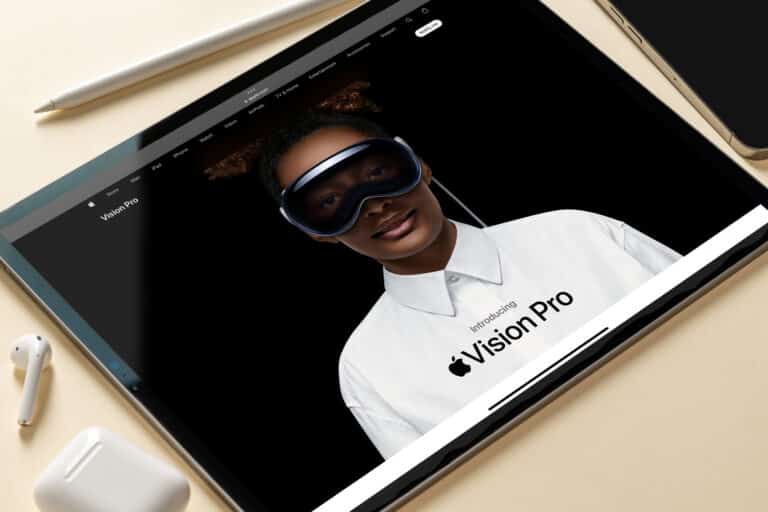
Apple Vision Pro Chiefs See Training & Education as Future Growth Areas
Apple’s new mixed reality headset, the Vision Pro, has made waves as the very first “spatial computing” hardware ever. More than just a regular virtual reality (VR) headset, the Vision Pro’s selling point is instead augmented reality (AR), using a sophisticated internal camera array to pass your surroundings through to the internal screen and let you interact with your environment – with some added layers. Spatial computing is already shaking up the tech world, with a number of big app studios releasing new versions of their software that can be used on your home ceiling, your windows, or floating right in front of you with just a few simple gestures. But what are people using it for? Just consumer needs, like home admin and gaming? No, say Vision Pro chiefs Mike Rockwell and Alan Dye. Their vision for the Vision involves immersive training, experiential learning, and deeper education outcomes for students of all ages. Let’s explore what that might look like.
Imagine a surgical resident getting the chance to conduct a life-saving surgery without fear of hurting someone. Imagine an aircraft mechanic getting to expand and zoom in on each piece of a new kind of plane engine without the expensive and time-consuming need to take one apart physically. Imagine a mining trainer leading a course on explosives without any dangerous materials needing to be present. These are just a few of the possible real-world applications for the Vision Pro’s unique brand of AR: immersive, transformative learning experiences. These are the experiences that Rockwell and Dye are pushing their teams to explore and develop for.
And they’re not alone! Third-party training organisations like Tomorrow University and IE University have also begun developing their own offerings for the Vision Pro, including entire MBA programs delivered through spatial computing, and are exploring ways to streamline content consumption and understanding in students through the new technology. As the technology becomes more widely adopted, more forward thinking organisations will begin developing offerings, which could include training programs, immersive lectures, experiential learning apps, hands-on simulators, and more ways to deliver transformative knowledge.
“We strived to make a product that was a tool, not a toy,” Rockwell said in comments to Bloomberg. We are extremely excited to see what organisations will do with this new tool, and to start applying our own knowledge on augmented reality learning into this new platform. If you’re a training organisation looking to step into the immersive world of spatial computing and deliver new forms of learning, reach out to us here at Ardacious. This is our expertise, and we’d love to help you create the perfect training program for your learners.
